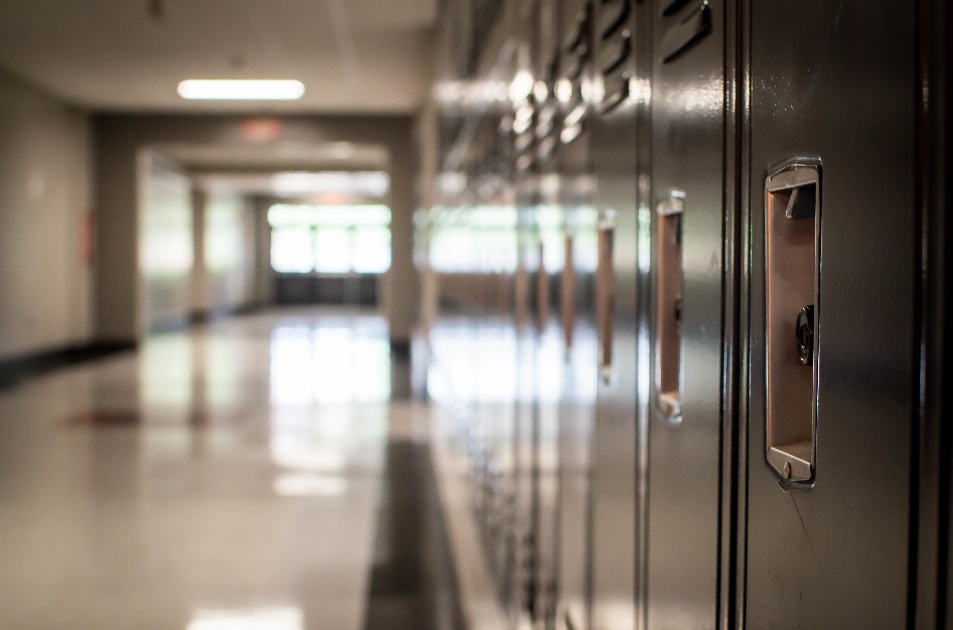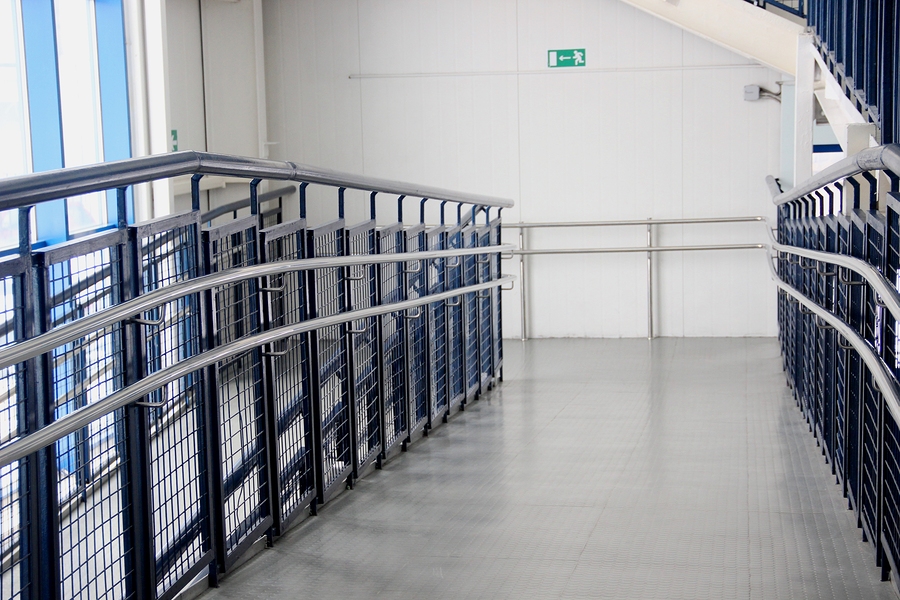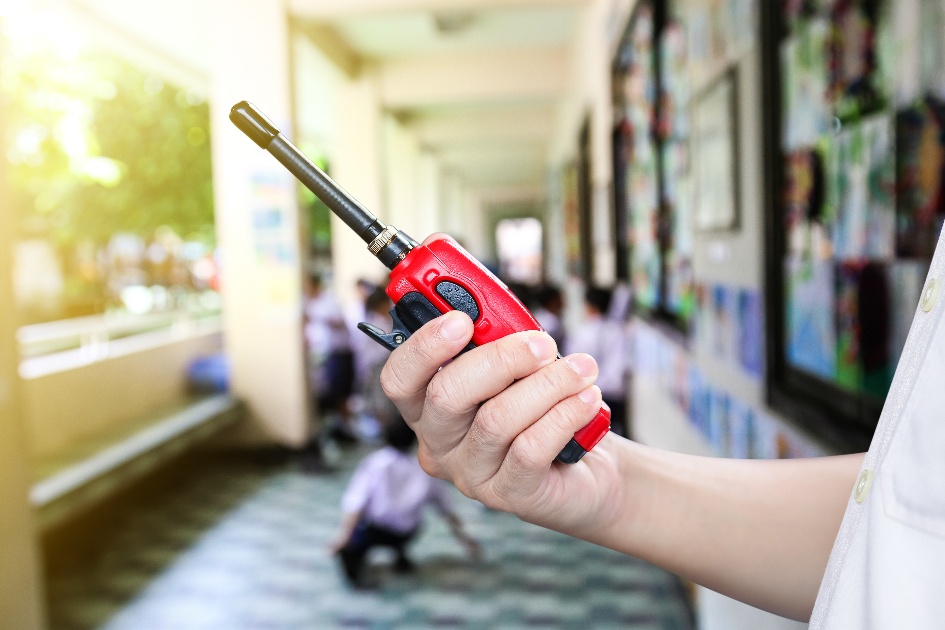(Part 4 of a 4 part blog series)
Part 1: Enterprise Risk Management for Schools
Part 2: Serving Those with Access and Functional Needs in an Emergency
Part 3: Emergency Communications: The Deciding Factor in Almost Any Crisis
As we assess schools around the county, one of the most interesting commonalities that I have noted is the challenge in protecting special programs. This includes those facilities that serve students with access and functional needs (AFN), but also for any program that does not follow the traditional K-12 feeder structure. For example, many vocational tech high schools have a higher rate of risk due to the programs and materials used, such as welding, auto shop or medical programs. These campuses are also often the last to receive security upgrades.
As part of ongoing capital improvements, a district may decide to upgrade the schools to include a Single Point of Entry (SPE) or an updated intercom system. This upgrade might be phased in first with the high schools, then the middle and elementary schools. This makes sense from a fiscal sense and from an organizational standpoint. But for a variety of reasons special programs are usually not included in these first rounds and may not even make a second or third round of improvements. Eventually the next round of capital improvements comes along and the process starts again, until the facility is lucky enough to require demolition and replacement.
Read More


